




Quick Links:





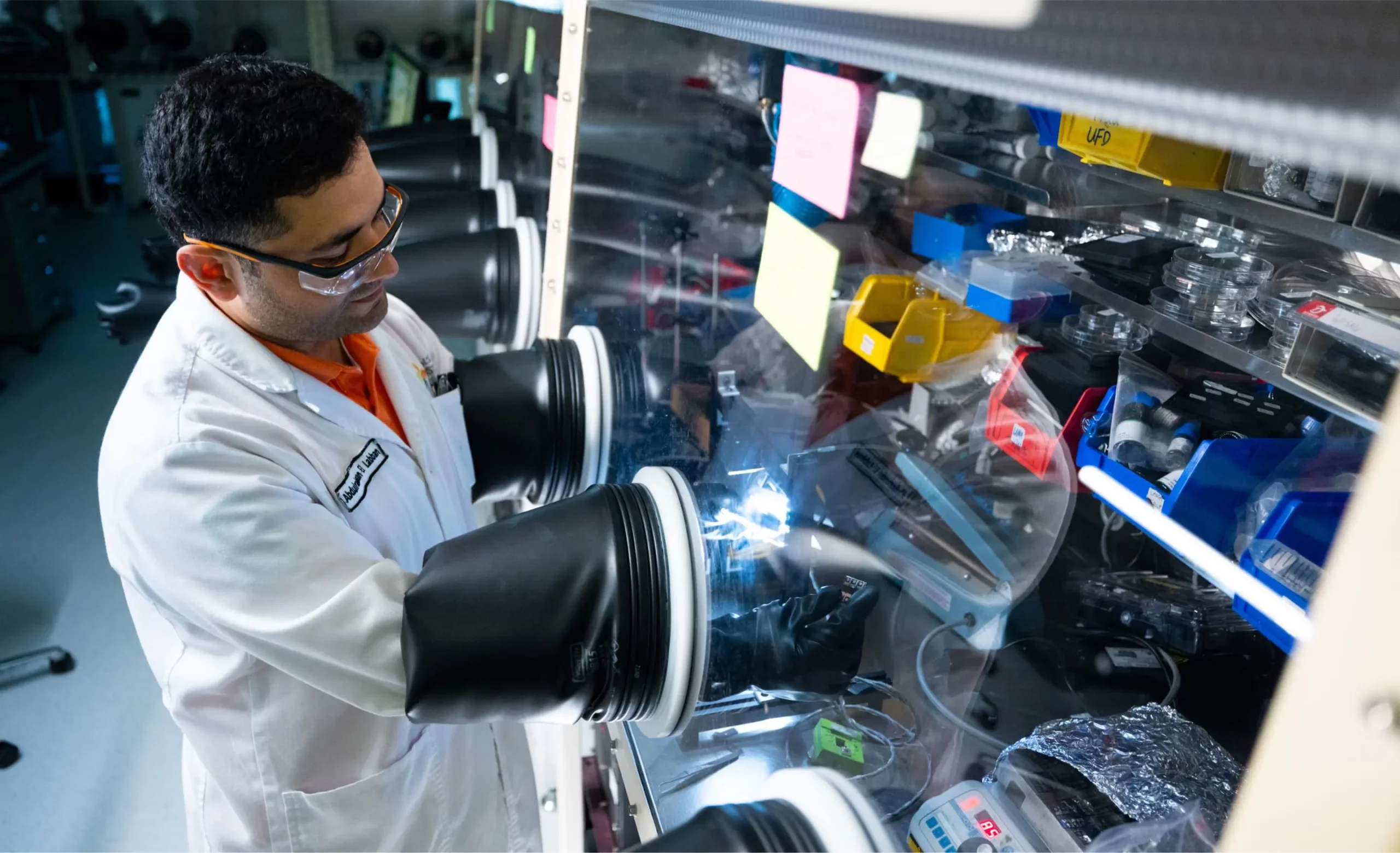

Electrically powered equipment, such as hot plates, stirrers, vacuum pumps, electrophoresis apparatus, lasers, heating mantles, ultrasonicators, power supplies, and microwave ovens are essential elements of many laboratories.
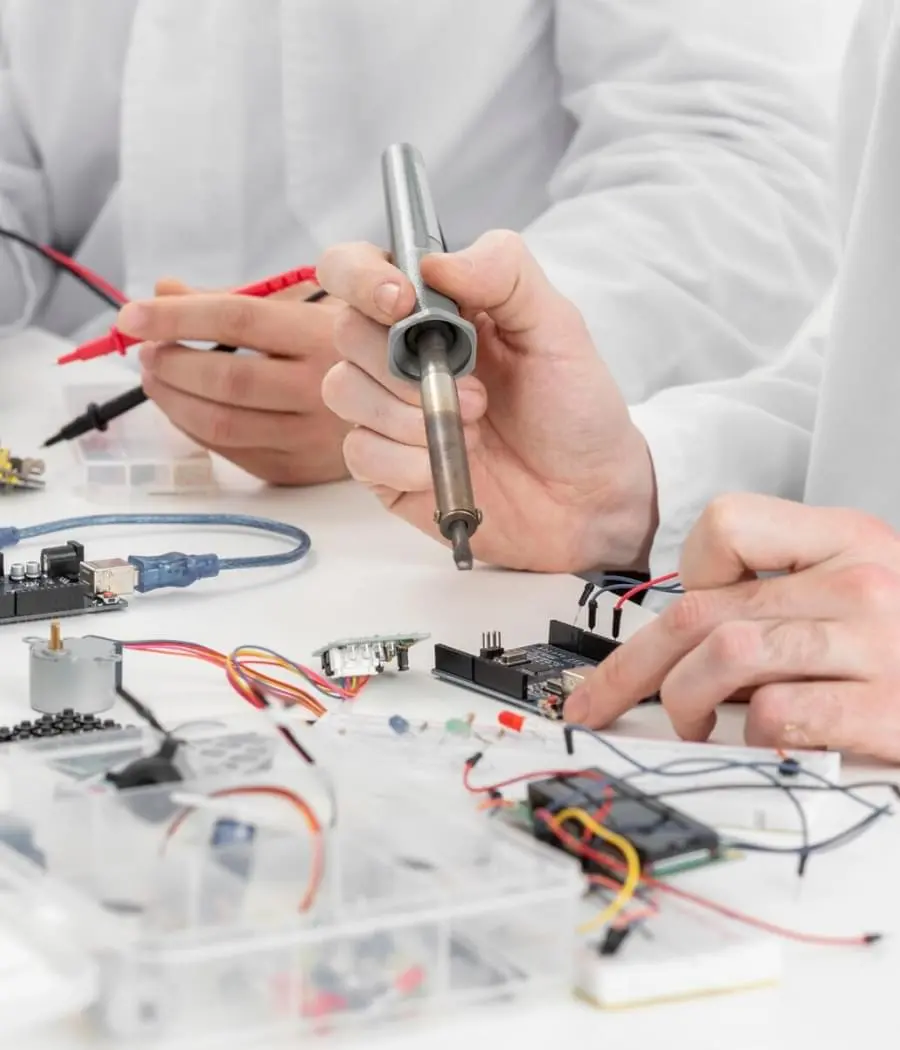
Working on live electrical parts should be avoided when possible and should only be performed in the following two scenarios:
There are various ways of protecting people from the hazards caused by electricity, including insulation, guarding, grounding, and electrical protective devices.
Read and follow all equipment operating instructions for proper use.
Remove all jewelry before working with electricity. This includes rings, watches, bracelets, and necklaces.
Inspect wiring of equipment before each use. Replace damaged or frayed electrical cords immediately. In the lab, to replace or fixed them contact LEM for support.
Use guarding around exposed circuits and sources of live electricity (i.e., electrophoresis devices). Plexiglass shields may be used to protect against exposed electrical live parts.
Know the location and how to operate shut-off switches and/or circuit breaker panels.
When it is necessary to handle equipment that is plugged in, be sure hands are dry and (when possible) wear nonconductive gloves and shoes with insulated soles.
Extension cords should only be used on a temporary basis; they are not intended as permanent wiring. Do not use extension cords for fixed equipment such as computers, refrigerators/freezers, etc. Avoid extension cords and/or power strips to become a tripping hazard.
Power strips are preferred over use of extension cords. In all other cases, request installation of a new electrical outlet.
Power strips must have a built-in overload protection (circuit breaker) and must not be connected to another power strip or extension cord (commonly referred to as daisy chained).
Multi-plug adapters must have circuit breakers or fuses.
Safe power strips, adapters and other appliances are available through procurement. Locally purchased power strips and adapters should not be used. Check HSE approved power strips and adapter in the Safety Supplies List
Only equipment with properly grounded plugs should be used in the laboratory.
Electrical outlets must not be overloaded and should be protected from possible spills of water or chemicals.
Try to minimize power strips or electrical equipment on the floor to prevent electric issues during a flood situation. Try to elevate all electrical above the floor at least 3 cm (1 inch).
Never store flammable liquids near electrical equipment, even temporarily. Always minimize the potential for water or chemical spills on or near electrical equipment and keep work areas clean and dry.
Minimize the use of electrical equipment in cold rooms or other areas where condensation is likely. If equipment must be used in such areas, mount the equipment on a wall or vertical panel.
If water or a chemical is spilled onto equipment, shut off power at the main switch or circuit breaker and unplug the equipment.
If an individual comes in contact with a live electrical conductor, do not touch the equipment, cord or person. Disconnect the power source from the circuit breaker or pull out the plug using a leather belt.
Disconnect the power source before servicing or repairing electrical equipment.
Repairs of high voltage or high current equipment may be performed only by highly trained electricians.
For lab modifications to install additional outlets or industrial plugs please raise a FM modifications request: LINK
For equipment maintenance, report electrical equipment issues please contact LEM@KAUST.edu.sa
Please report any near miss and incidents using ReportIt.
NFPE 70 Table 130 (C) (7)(a) Maximum Use Voltage for Rubber Insulating Gloves
| Class Designation of Glove or Sleeve | Maximum ac Use Voltage rms, volts | Maximum dc Voltage avg, volts | Distance Between Protector Cuff and Rubber Insulating Glove Cuff, minimum |
|---|---|---|---|
| 00 | 500 | 750 | 13mm |
| 0 | 1000 | 1500 | 13mm |
| 1 | 7500 | 11250 | 25mm |
| 2 | 17000 | 25500 | 51mm |
| 3 | 26500 | 39750 | 76mm |
| 4 | 36000 | 54000 | 102mm |
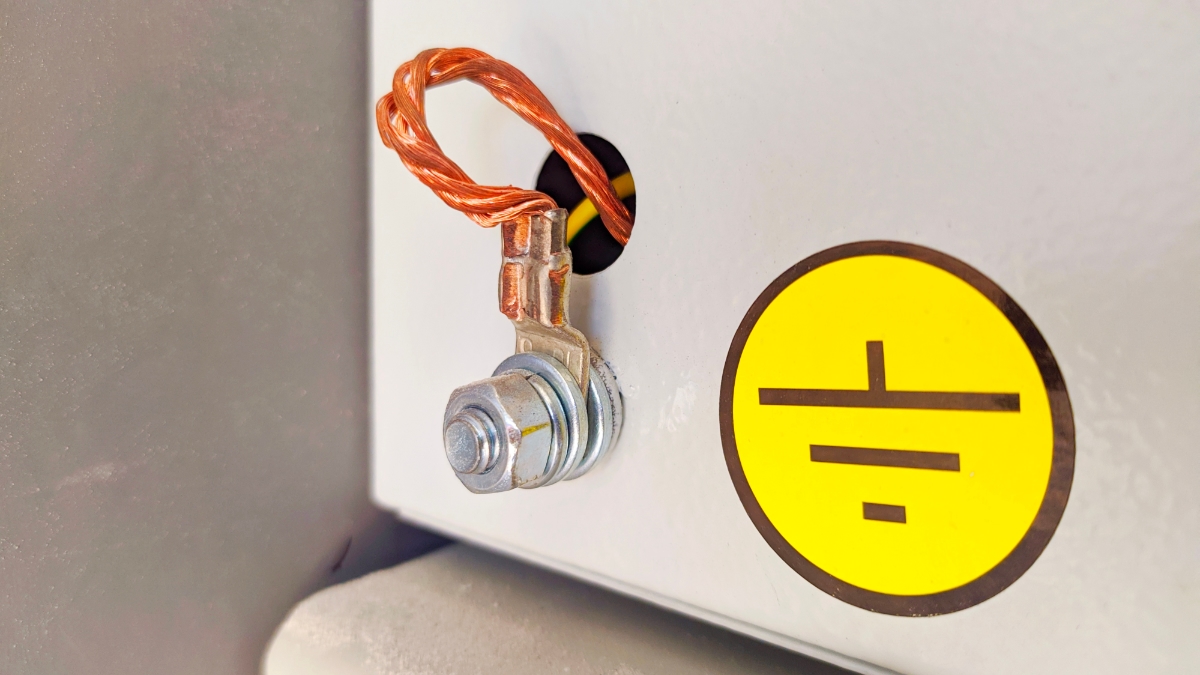
To prevent electrical hazards, always make sure equipment is properly grounded. Electrical grounding provides an alternate path for electricity to follow, rather than going through a person.
Equipment with a grounding prong must be plugged into an extension cord with a ground. the grounding plug should not be removed from the equipment.
When using electricity in a wet or damp location, including outdoor locations, a Ground Fault Circuit Interrupter (GFCI) must be used. The GFCI ensures that any electrical shock is brief.
Although painful, it wouldn’t be fatal because the GFCI creates a ground fault or leak in the current.
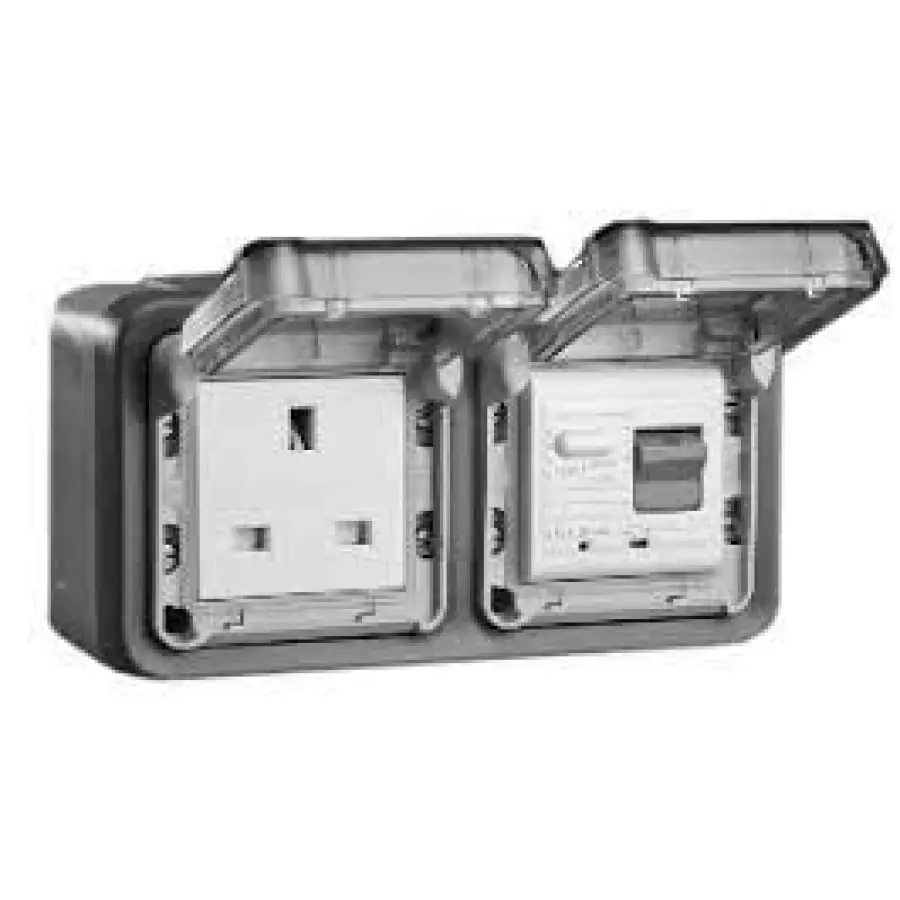
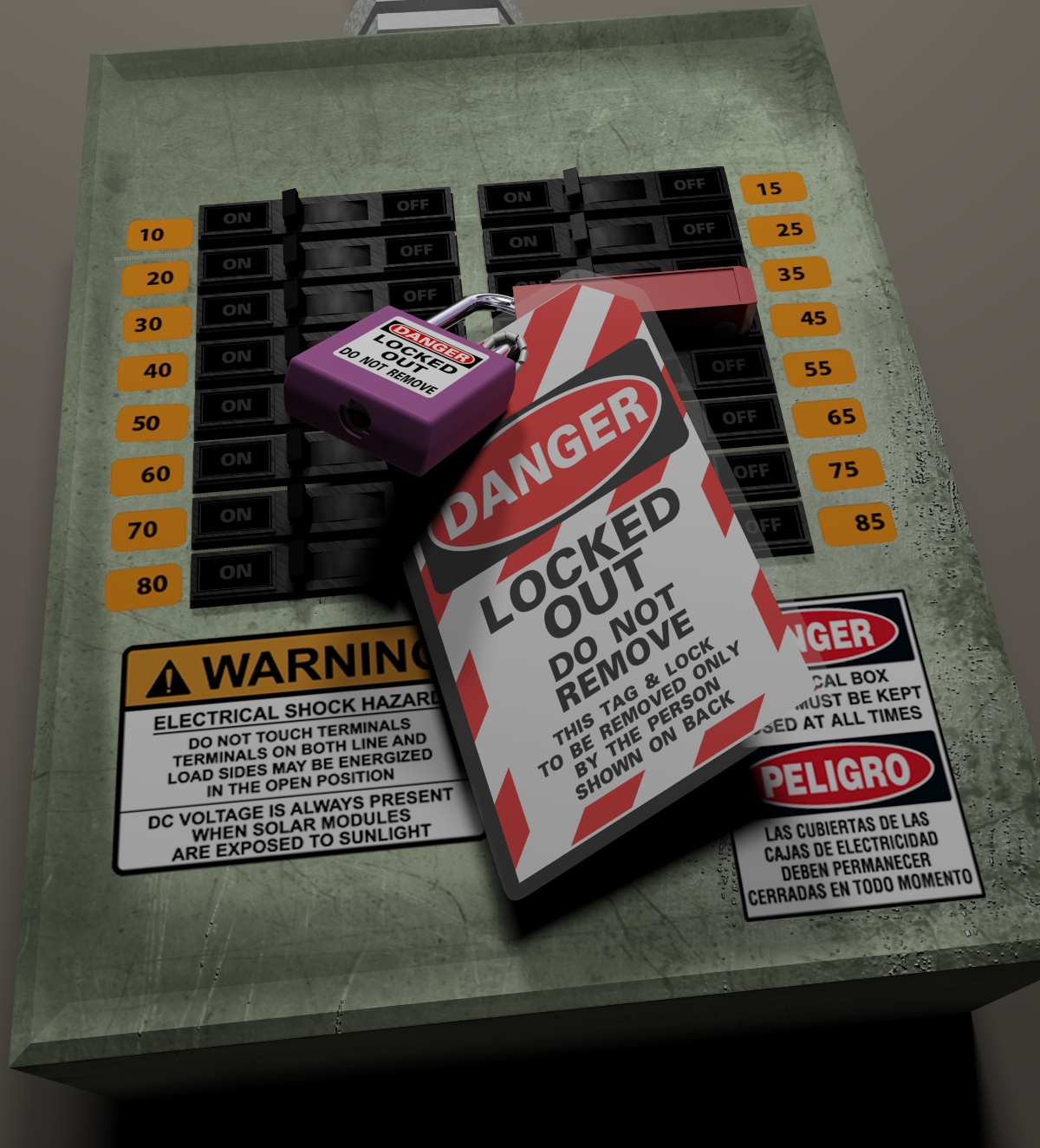
When servicing and maintenance tasks involve electricity and electrical equipment, you must prevent the unexpected startup of equipment. More information on Lockout/Tag-out and power isolation procedures is available on the work permit website
Ground Fault Circuit Interrupters protect users of electrically-powered tools and equipment from electrical shocks, especially when working in wet environments. The following are situations when a GFCI is required for electrically-powered equipment and tools:

The GFCI can be located on the extension cord, outlet, or the circuit breaker. A GFCI is required in outlets that are installed around sinks or any other areas where water may present. GFCIs must be UL-approved and used within the manufacturer’s guidelines.